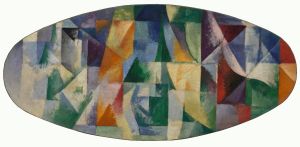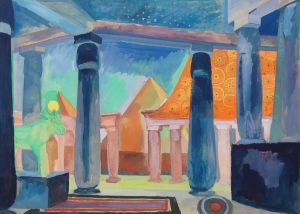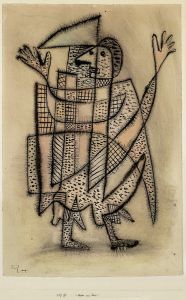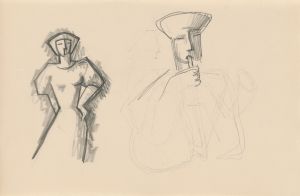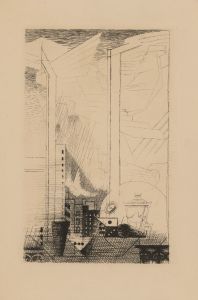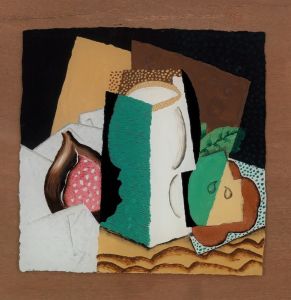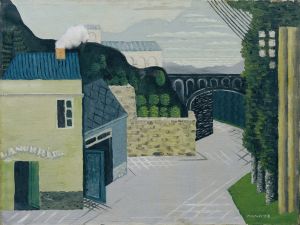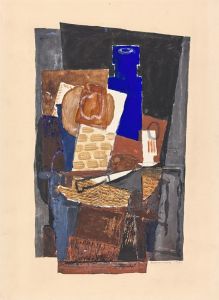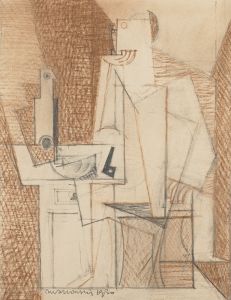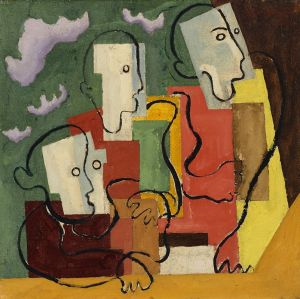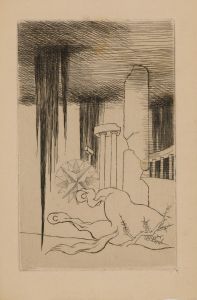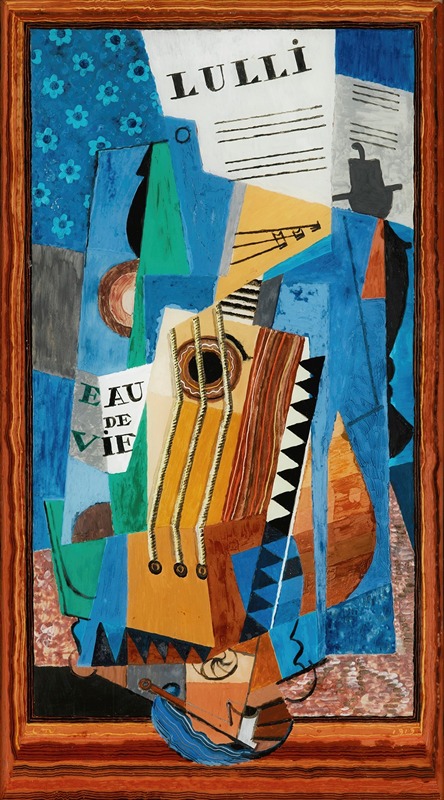
Lulli
A hand-painted replica of Louis Marcoussis’s masterpiece Lulli, meticulously crafted by professional artists to capture the true essence of the original. Each piece is created with museum-quality canvas and rare mineral pigments, carefully painted by experienced artists with delicate brushstrokes and rich, layered colors to perfectly recreate the texture of the original artwork. Unlike machine-printed reproductions, this hand-painted version brings the painting to life, infused with the artist’s emotions and skill in every stroke. Whether for personal collection or home decoration, it instantly elevates the artistic atmosphere of any space.
Louis Marcoussis was a Polish-French painter and engraver associated with the Cubist movement. Born Ludwik Kazimierz Wladyslaw Markus in Warsaw in 1878, he later adopted the name Louis Marcoussis after moving to Paris, where he became an integral part of the early 20th-century avant-garde art scene. Marcoussis is best known for his Cubist still lifes and portraits, which often incorporate musical instruments, sheet music, and other objects associated with the world of music and performance.
One of Marcoussis's notable works is "Lulli," a painting that exemplifies his mature Cubist style. While specific details about the painting "Lulli" are scarce, Marcoussis's works from this period typically feature a complex interplay of geometric shapes and muted color palettes, reflecting the influence of fellow Cubists such as Pablo Picasso and Georges Braque. Marcoussis's approach to Cubism was characterized by a meticulous attention to detail and a subtle use of color, which distinguished his work from that of his contemporaries.
Marcoussis's interest in music is a recurring theme in his art, and "Lulli" likely reflects this fascination. The title "Lulli" may refer to Jean-Baptiste Lully, the Italian-born French composer who was a significant figure in the development of French opera in the 17th century. Lully's music was known for its grandeur and complexity, qualities that resonate with the intricate compositions found in Marcoussis's paintings. By referencing Lully, Marcoussis may have been drawing a parallel between the structured yet expressive nature of music and the visual language of Cubism.
Throughout his career, Marcoussis exhibited his work alongside other leading artists of the time, including at the Salon des Indépendants and the Salon d'Automne in Paris. His work was well-received by critics and collectors, and he became a respected figure within the Cubist movement. In addition to painting, Marcoussis was also an accomplished printmaker, producing a series of etchings and engravings that further explored the themes and techniques present in his paintings.
Marcoussis's contribution to the art world extends beyond his own creations; he was also a mentor to younger artists and maintained friendships with many influential figures in the Parisian art scene, including poets and writers. His studio was a gathering place for intellectuals and artists, fostering a vibrant exchange of ideas that enriched the cultural landscape of the time.
In summary, while specific information about the painting "Lulli" by Louis Marcoussis is limited, it can be understood within the broader context of his work and the Cubist movement. Marcoussis's art is characterized by its intricate compositions, subtle use of color, and thematic exploration of music and performance. His legacy as a key figure in early 20th-century art continues to be recognized and celebrated for its contribution to the development of modernist aesthetics.





